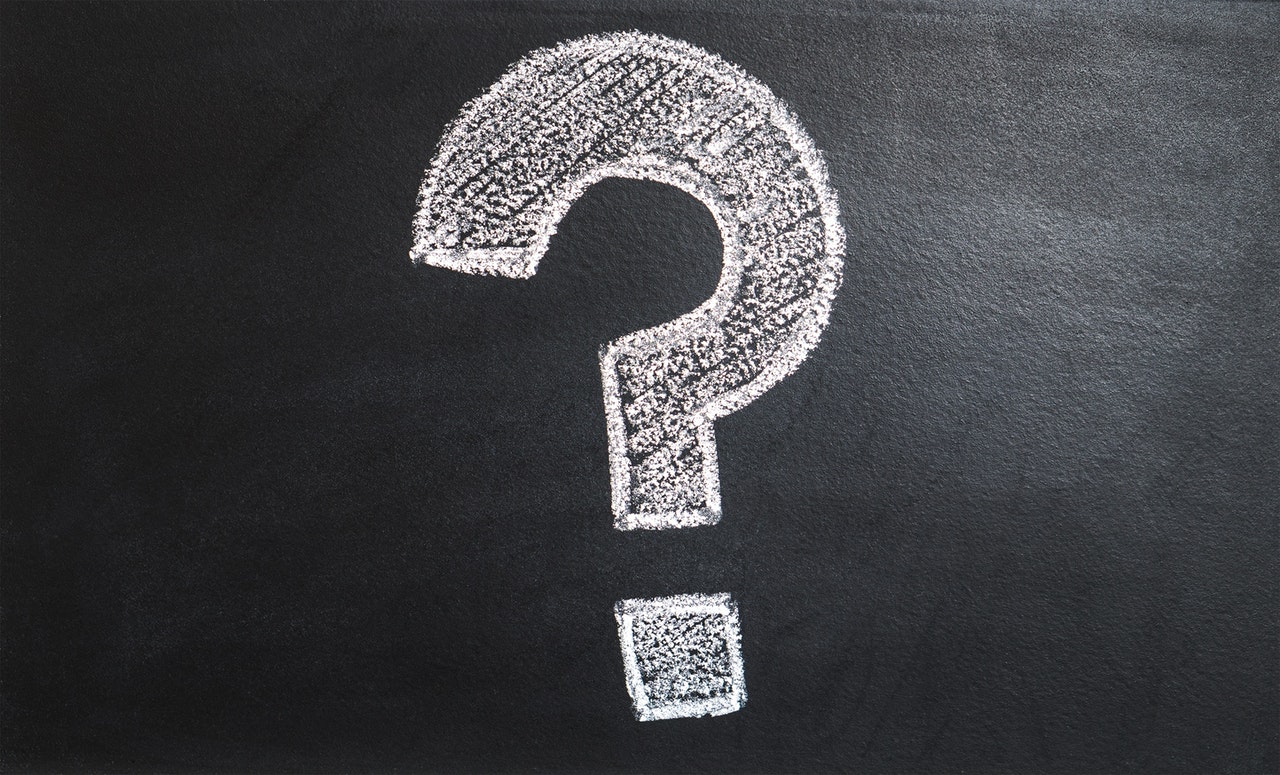Photosynthesis Quiz: Test Your Knowledge!
ResourceThis quiz about photosynthesis was designed to uncover various misconceptions that students often have, starting with GCSE level misconceptions and moving onto undergraduate level misconceptions.
This quiz was compiled with the kind assistance of Prof Howard Griffiths, Department of Plant Science, University of Cambridge and Dr Mark Winterbottom, Faculty of Education, University of Cambridge.
Correct answers are in bold.
[Misconception – Plants ingest all of their food from the soil. Gases do not have mass.]
1. Where does most of a plant’s biomass come from?
Put a tick against the answer which makes the greatest contribution to plant mass:
a) from the soil
b) from carbon dioxide from the air and water from the soil
c) from nutrients in the soil
d) from water
[Misconception – Plants photosynthesise during the day, whereas they respire at night.]
2. At midday, what is happening in the leaf of a plant? (tick one answer)
a) Respiration
b) Photosynthesis
c) Mainly photosynthesis and some respiration
d) None of the above
3. At midnight, what is happening in the leaf of a plant? (tick one answer)
a) Respiration
b) Photosynthesis
c) Photosynthesis and respiration
d) None of the above
[Misconception – Plants photosynthesise, whereas animals respire (plants do not respire).]
4. In which organisms does photosynthesis happen? (tick one answer)
a) Plants
b) Animals
c) Plants and animals
d) None of the above
5. Which of the following need oxygen to survive? (tick one answer)
a) Plants
b) Animals
c) Plants and animals
d) None of the above
[Misconception – the major photosynthetic product from photosynthesis is glucose]
6. The end product(s) of photosynthesis in plants are oxygen plus: (tick one answer)
a) Glucose
b) Starch
c) Starch and Sucrose
d) Water
[Misconception – Photosynthesis is the opposite of respiration]
7. Thinking about photosynthesis and respiration in plants, which statement is correct: (tick one answer)
a) Photosynthesis is the opposite of respiration
b) Photosynthesis and respiration both occur in plants
c) Only photosynthesis occurs in plants
d) Respiration for maintenance and growth only occurs in the dark
[Misconception – All the energy captured in photosynthesis is used to synthesise carbohydrates]
8. Light energy captured by photosynthesis is used in a plant for the synthesis of: (tick one answer)
a) Carbohydrates
b) Carbohydrates, Fatty acids and Proteins
c) Fatty Acids and Proteins
d) None of the above
[Misconception – pure oxygen is bubbled from aquatic plants in the light]
9. The gas evolved in bubbling pond weed in the light is: (tick one answer)
a) pure carbon dioxide
b) pure oxygen
c) air enriched with O2 plus CO2 and N2
d) none of the above
[Misconception – the ‘dark reaction’/light independent stage/ Calvin cycle only occurs in the dark]
10. Photosynthesis takes place in two separate but dependant series of steps, the light reactions and the photosynthetic carbon reduction cycle; this second cycle (also known as the dark reaction / light independent stage / or the Calvin-(Benson-Bassham)* cycle) of photosynthesis occurs:
a) Only in the dark in intact plants
b) In the light and dark in intact plants
c) Only in the light in intact plants, although will work in the dark in a test-tube
d) None of the above
(*now we are trying to recognise the contribution from Calvin’s co-workers)
[Misconception- Photorespiration occurs in the light, and (dark) respiration in the dark]
11. During the aforementioned photosynthetic carbon reduction cycle, some oxygen also interacts with the primary enzyme to produce a waste product (phosphoglycollate). Photorespiration is a salvage pathway which recovers some of this carbon, the rest being released in a process called “photorespiration”. Photorespiration occurs: (tick one answer)
a) Instead of conventional respiration processes in the light
b) At a higher rate than conventional respiration processes in the light
c) To generate ATP for maintenance and growth
[Misconception – the use of water split during photosynthetic light reactions to provide oxygen dehydrates a leaf]
12. Water used in photosynthetic light reactions: (tick one answer)
a) Is a significant proportion of leaf water
b) Leads to dehydration and drought stress;
c) Only uses 2 mols H2O per mol O2 evolved, relative to 1000 water vapour mols transpired
[Misconception – Photosystem I and II occur in pairs, coupled by the electron transport components in chloroplast thylakoid membranes]
13. The “Z” scheme in photosynthesis represents: (tick one answer)
a) Photosystems I and II, and electron transport components, that are evenly distributed throughout higher plant chloroplast thylakoid membranes
b) How Photosystems I and II are spatially separated between thylakoid stacks and intrathylakoid lamellae, coupled by mobile electron carriers which shuttle back and forth through the membrane
c) Shows how electrons are dislodged from chlorophyll by photons and transferred through the pigment bed to each reaction centre
[Misconception – (untouched) Rainforests, and forests in general, provide the O2 we breathe every year (in the past they did, as carbon was sequestered and buried in soils and as fossil fuel reserves)]
14. Rainforests are often described as the ‘lungs of the earth’ which statement is correct: (tick one answer)
a) we need them to renew the oxygen we breathe each year
b) purify pollutants from the air
c) are virtually carbon/oxygen neutral as respiration = photosynthesis across an annual cycle in an untouched forest
d) not sure
[Misconception – the Ozone hole causes global warming (it is caused by atmospheric pollutants interacting with sunlight)]
15. Stratospheric Ozone is thinning and a “hole” occurs over Antarctica, which: (tick one answer)
a) causes global warming by increasing radiation absorbed from sunlight
b) is caused by CO2 emissions
c) allows dangerous uv radiation to penetrate causing cancer and blindness in animals
d) leads to atmospheric warming due to uv radiation
